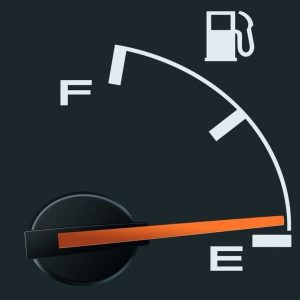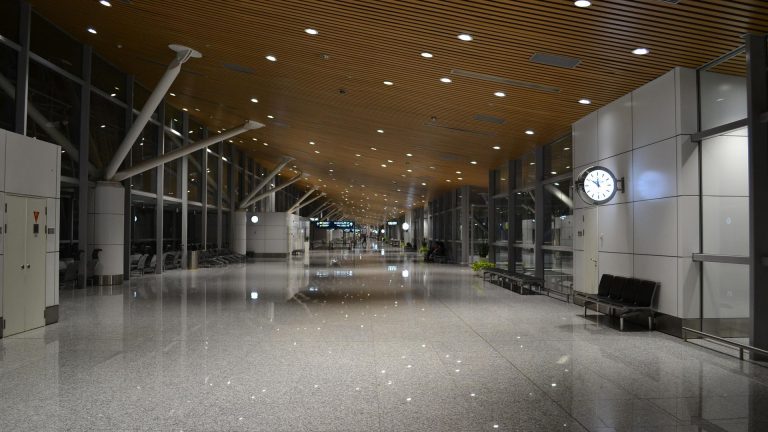
Back in 2010, many people thought changing the Corporate Average Fuel Economy (CAFE) law to improve the average car fuel economy from 27.5 mpg to 37.8 mpg by 2016 was an ambitious proposal. That was a 37 percent improvement. The Tech Journal reports that researchers from MIT, with the help of a NASA grant, have developed an aircraft design that will improve the fuel efficiency of planes by 70 percent.
Moving aircraft efficiently in the air
NASA established a $2.1 million dollar research contract for the development of a new generation of subsonic passenger planes. NASA provided different grants to Lockheed Martin and Boeing for designing supersonic planes. Researchers at MIT developed a “double bubble” concept for their subsonic aircraft proposal. It features a dual fuselage design with these compartments being side by side and resembling two bubbles that have fused with one another. This shorter and wider fuselage with a tail-mounted engine provides more seating capacity and improves the loading and unloading process for passengers.
Moving aircraft efficiently on the ground
While the MIT researchers may have come up with an aircraft design that reduces emissions, can take off on shorter runways, and cuts down on noise pollution, you already have the most efficient method of towing small aircraft available with the Lindbergh Aircraft Tug Company’s family of aircraft tugs. We have electric aircraft tugs that allow a single person to quietly move planes weighing from 4,000 pounds to as much as 15,000 pounds.
For more information on these low-maintenance and economical aircraft tugs, visit DJProducts.com, and visit our blog for other tips and industry news.


